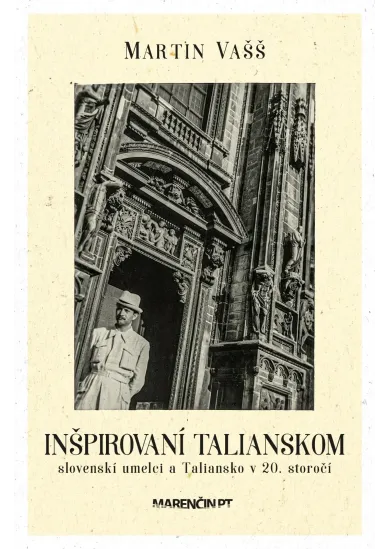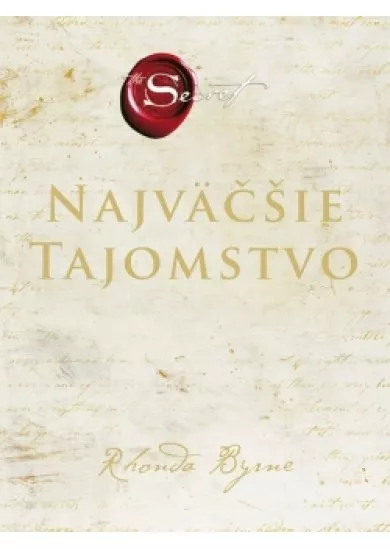Oliver Kase
Paul Klee: Construction of Mysery
This opulent volume on Paul Klee celebrates one of the most important and productive artists of the twentieth century, whose work is as topical today as it ever was: growing out of the inner conflict of modern man, Klee’s imaginative works provide a link between the world of reason and the irrational “secrets” of human existence. The works of Paul Klee (1879–1940) charm the viewer with their inventiveness, delight in experimentation, subtle humour and brilliant colour schemes. He contrasts the technical and rational tendencies of the 1920s with the significance of playfulness, intuition and artistic genius. Subdivided according to pictorial subjects of transcendental longing like ladders, mountains and stars as well as Bauhaus aspects of architecture and construction of space, the lavishly illustrated volume covering the period from 1905 until 1940 draws an impressive picture of Klee as an original “thinking artist” who confronts the challenges facing man in the modern age and brilliantly permits rational methods of picture construction to be transformed into the open and mysteriohe biographies of Jewish collectors and artists who were the victims of art theft and the Holocaust. A further topic of investigation is how stolen works were returned to the museums and private collections after 1945. The official catalogue of the Kunstmuseum Bern and the Kunst- und Ausstellungshalle der Bundesrepublik Deutschland (Bundeskunsthalle) in Bonn permits for the first time a nuanced understanding of this case which is unique in the postwar history of Germany.
This opulent volume on Paul Klee celebrates one of the most important and productive artists of the twentieth century, whose work is as topical today as it ever was: growing out of the inner conflict of modern man, Klee’s imaginative works provide a link between the world of reason and the irrational “secrets” of human existence. The works of Paul Klee (1879–1940) charm the viewer with their inventiveness, delight in experimentation, subtle humour and brilliant colour schemes. He contrasts the technical and rational tendencies of the 1920s with the significance of playfulness, intuition and artistic genius. Subdivided according to pictorial subjects of transcendental longing like ladders, mountains and stars as well as Bauhaus aspects of architecture and construction of space, the lavishly illustrated volume covering the period from 1905 until 1940 draws an impressive picture of Klee as an original “thinking artist” who confronts the challenges facing man in the modern age and brilliantly permits rational methods of picture construction to be transformed into the open and mysteriohe biographies of Jewish collectors and artists who were the victims of art theft and the Holocaust. A further topic of investigation is how stolen works were returned to the museums and private collections after 1945. The official catalogue of the Kunstmuseum Bern and the Kunst- und Ausstellungshalle der Bundesrepublik Deutschland (Bundeskunsthalle) in Bonn permits for the first time a nuanced understanding of this case which is unique in the postwar history of Germany.
| Jazyk | anglický |
| Vydavateľ | Hirmer |
| Počet strán | 400 |
| Typ viazania | tvrdá |
| EAN | 9783777429724 |
| Dodacia doba | nedostupné |
















